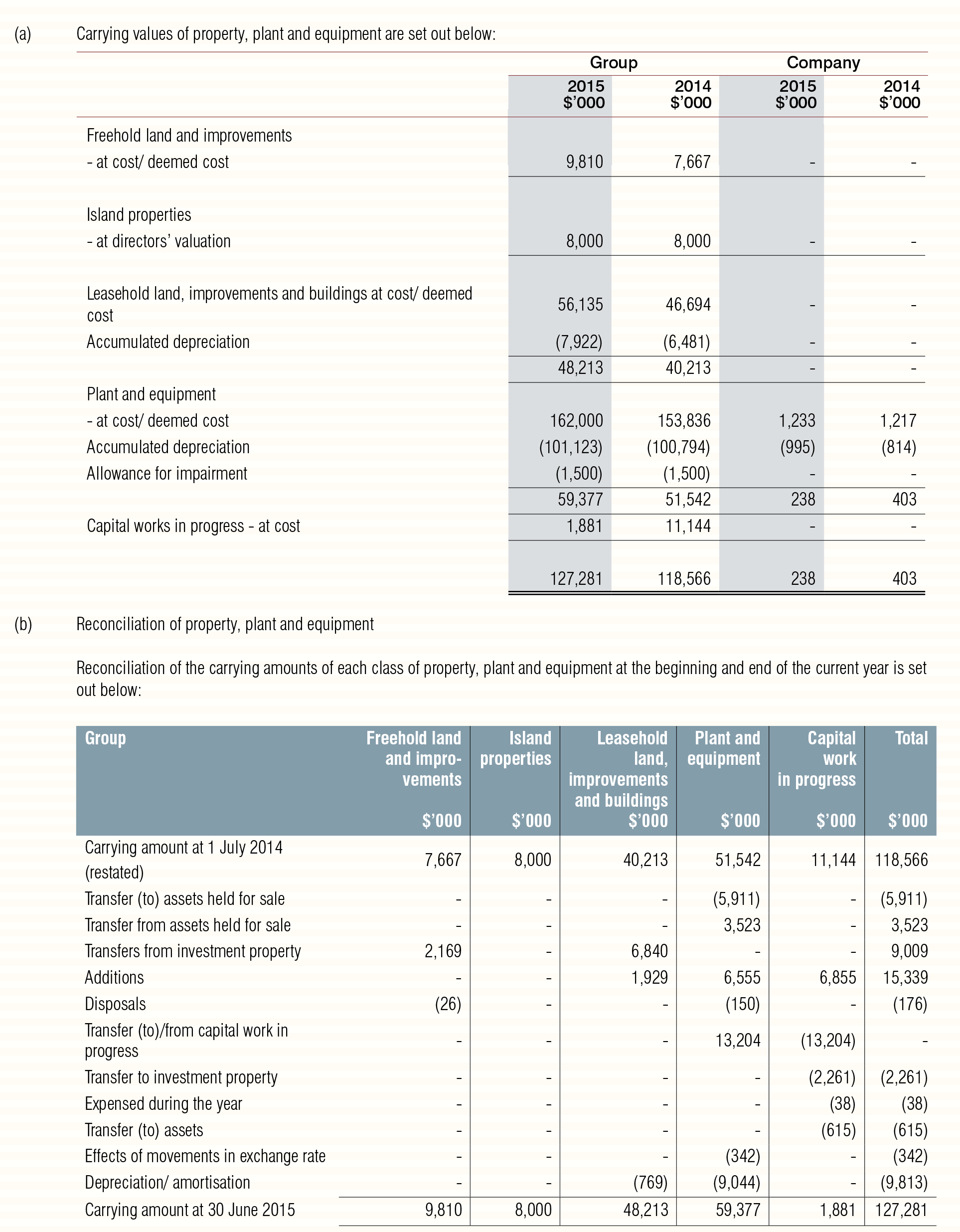

And even as the knowledge economy grows, there continues to be an increasing variety of consumer products being manufactured and sold. Even companies like Facebook and Google still need computers to run their applications, desks and chairs for staff to sit in, or buildings to house their operations. Yet, even with this change in focus from a traditional manufacturing economy, the importance of the physical assets of a business cannot be ignored. The future of commerce, we are told, lies in the development of ideas, processes, and brands. The rapid development of information technology in recent decades has highlighted the importance of intellectual capital. Identify key differences between IFRS and ASPE.Explain and apply the accounting treatment for post-acquisition costs related to property, plant, and equipment assets.Identify the accounting treatment for asset retirement obligation.Determine the cost of a self-constructed asset, including treatment of related interest charges.Identify the effect of government grants in determining the cost of a property, plant, and equipment asset.Determine the cost of a property, plant, and equipment asset when the asset is acquired through a lump-sum purchase, a deferred payment, or a non-monetary exchange.Determine the costs to include in the measurement of property, plant, and equipment at acquisition.Identify the criteria for recognizing property, plant, and equipment assets.Describe the characteristics of property, plant, and equipment assets that distinguish them from other assets.Financial statement preparers and other users of this publication are therefore cautioned to stay abreast of and carefully evaluate subsequent authoritative and interpretative guidance.After completing this chapter, you should be able to: Certain aspects of this publication may be superseded as new guidance or interpretations emerge. FRS 116, Property, Plant and Equipment: zEach part of an item of property, plant and equipment (PPE) with a cost that is significant in relation to the total cost of the item shall be depreciated separately. Long-term assets can include fixed assets such as a company’s property, plant, and equipment, but can also include intangible assets, which cannot be physically touched such as long-term investments or a company's trademark. PricewaterhouseCoopers LLP, its members, employees, and agents shall not be responsible for any loss sustained by any person or entity that relies on the information contained in this publication. in accounting policies or correction of errors, should be adopted retrospectively, unless impracticable. Long-term assets are investments in a company that will benefit the company for many years. The information contained in this publication was not intended or written to be used, and cannot be used, for purposes of avoiding penalties or sanctions imposed by any government or other regulatory body. No representation or warranty (express or implied) is given as to the accuracy or completeness of the information contained in this publication.
ACCOUNTING FOR PLANT PROPERTY AND EQUIPMENT PROFESSIONAL
You should not act upon the information contained in this publication without obtaining specific professional advice. This publication has been prepared for general informational purposes and does not constitute professional advice on facts and circumstances specific to any person or entity. Transfers and servicing of financial assets Revenue from contracts with customers (ASC 606)

When the cost model is used, the fair value of property, plant. from active use and classified as held for sale.

The carrying amount of property, plant and equipment retired. Loans and investments (post ASU 2016-13 and ASC 326) The gross carrying amount of any fully depreciated property, plant and equipment still in use. Investments in debt and equity securities (pre ASU 2016-13) Insurance contracts for insurance entities (pre ASU 2018-12) Insurance contracts for insurance entities (post ASU 2018-12) PROPERTY, PLANT, AND EQUIPMENT b The Federal Government's investment in PP&E exceeds 1 trillion SEE NOTE 1 PP&E used for many different purposes. IFRS and US GAAP: Similarities and differences a This statement contains accounting standards for Federally owned property, plant, and equipment (PP&E) deferred maintenance on PP&E and cleanup costs. Business combinations and noncontrolling interestsĮquity method investments and joint ventures (2) Property, Plant and Equipment must be reported on the basis of the historical cost incurred by the present owner in acquiring the asset under a bona fide.


 0 kommentar(er)
0 kommentar(er)
